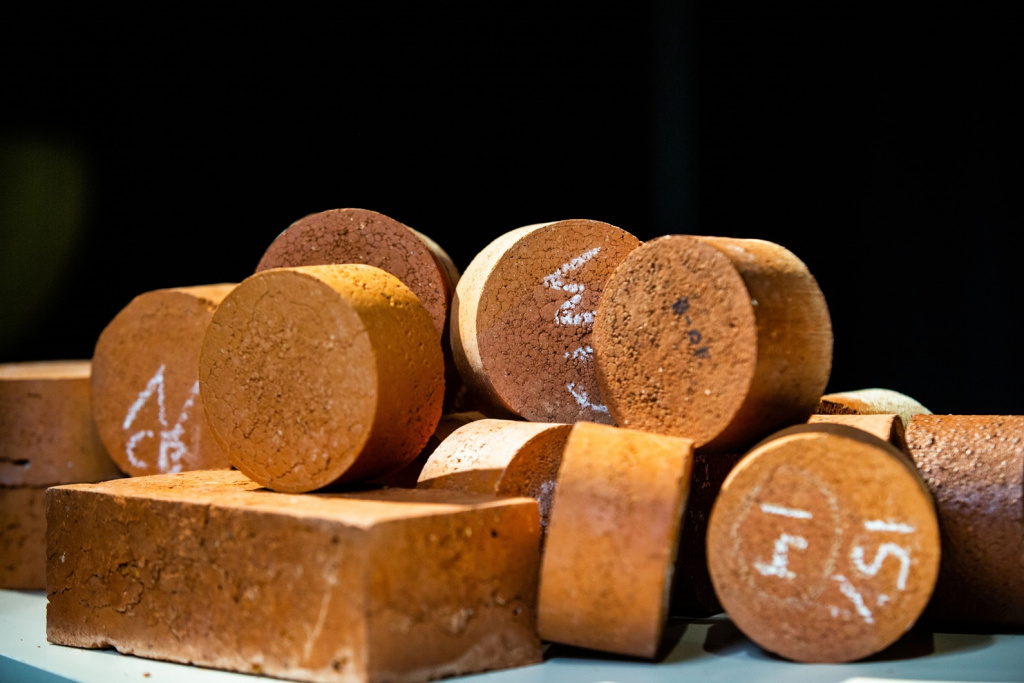The treated sewage sludge produced from the wastewater treatment process can be used as a fertilizer but of it usually ends up in landfills, making the land unproductive and emitting greenhouse gases.
The researchers at RMIT University in Melbourne, Australia, have come up with a sustainable solution to this problem. They have successfully made fired-clay bricks incorporating biosolids from the waste.
According to the journal Buildings, they demonstrated that biosolids bricks only required half the energy of conventional bricks. They are also cheaper to produce and also had a lower thermal conductivity, transferring less heat to potentially give buildings higher environmental performance.
These eco-friendly bricks are a sustainable way to incorporate sludge and make brickmaking industry greener.
The EU produces over 9 million tonnes of biosolids a year, while the United States produces about 7.1 million tonnes. In Australia, 327,000 tonnes of biosolids are produced annually.
The study found there was a significant opportunity to create a new beneficial reuse market – bricks.
About 5 million tonnes of the biosolids produced in Australia, New Zealand, the EU, US, and Canada currently go to landfill or stockpiles each year. Using a minimum 15% biosolids content in 15% of bricks produced could use up this 5 million tonnes.
Lead investigator Associate Professor Abbas Mohajerani said the research sought to tackle two environmental issues – the stockpiles of biosolids and the excavation of soil required for brick production.
“More than 3 billion cubic metres of clay soil is dug up each year for the global brickmaking industry, to produce about 1.5 trillion bricks,” Mohajerani, a civil engineer in RMIT’s School of Engineering, said.
“Using biosolids in bricks could be the solution to these big environmental challenges.
“It’s a practical and sustainable proposal for recycling the biosolids currently stockpiled or going to landfill around the globe.”
These bricks are found to have good strength and heavy metals are trapped within the brick. Further testing is required to determine the material’s chemical properties.
Due to the organic content of the biosolids, the brick firing energy demand was cut by up to 48.6% for bricks incorporating 25% biosolids. This will reduce the carbon footprint of brick manufacturing companies.

